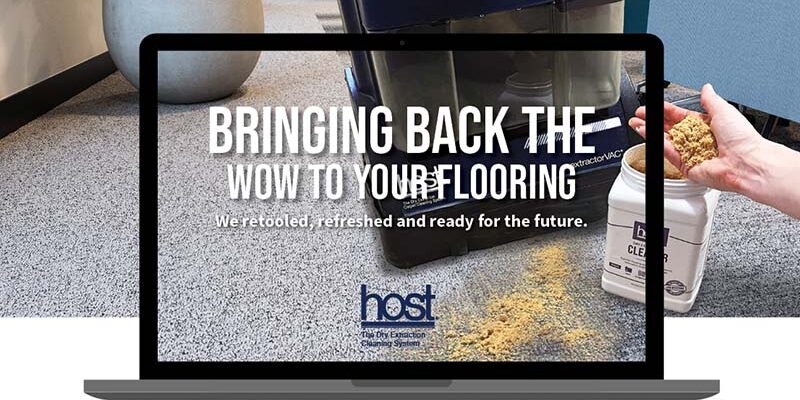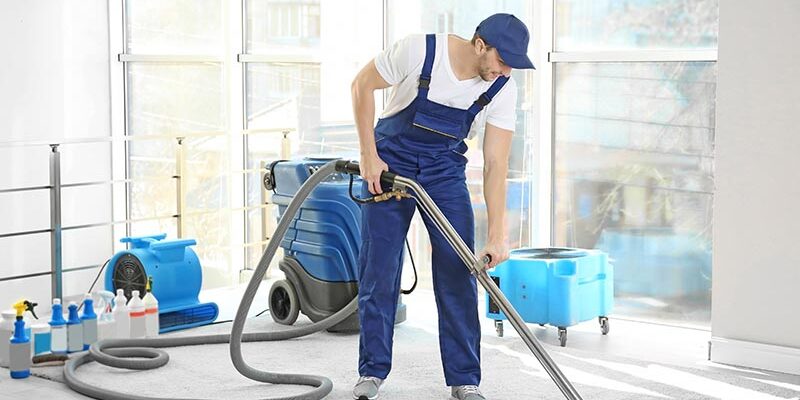Cleaning pigmented leather
In most markets, you will find that pigmented/finished leather is the dominant leather type.
There are exceptions to this though, such as areas where high-end leather stores are or an area where money is no object.
Pigmented leather is a leather type that has normally been aniline dyed before a finish system has been applied.
It’s easy to identify (See “Pigmented leather ID” on page 33).
Pigmented leather specs
The cleaning code for this leather is “P”.
Pigmented leather may also be called “painted”, “protected”, “finished” or “semi-aniline”.
Pigmented is aniline leather that has had a finish and topcoat containing pigment applied to the top-grain side of the hide.
The finish and topcoat are applied to add a protective coating that assists in water repellency and cleanability.
It is also used to enhance the esthetics of its appearance.
This leather has a smooth or slick “hand” due to its finish system.
Now it’s time to get to work.
Work preparation
Prepare the area and assemble the cleaning items you will need. Don’t go chasing down materials after the job begins.
Use drop cloths to protect your customer’s floors.
Scrape/break off foreign substances
Use a plastic or bone spatula to remove foreign substances.
Dental tools are best for precision removal of foreign substances, but these can be difficult to use. Care and practice are required.
Vacuuming/soil removal
Use a soft upholstery attachment to vacuum loose soils from the leather and interior of the furniture.
High efficiency particulate air (HEPA) vacuums are best to keep contaminants from entering the air via vacuum exhaust.
Cleaning chemical
There are various cleaning agents on the market. Select the proper wet cleaning chemical.
Many products are one-step: They clean, condition, and protect (CCP) with the use of one product.
Be careful with most of these CCP products. Many contain d-Limonene, which will dry out the leather and attack the finish and topcoat.
Others contain a type of silicone that will cure and trap remaining soils.
Simple tools
Assemble the following:
- A bucket for your cleaning solution
- A long-handled brush to whip up foam
- A quality sponge
- Soft, white cotton towels
- Rejuvenation conditioner
- Protector
- Hair dryer
The right amount
Mix your cleaning product with distilled water (always follow manufacturer label instructions).
Whip up foam with the brush.
Getting to work
Place your bucket by the leather piece you will clean. Always use a drop cloth to protect floors.
Using your sponge, get it wet with the foam from the bucket.
Apply the wet foam to the leather.
Be sure to wet-out each panel evenly, one at a time. Don’t work too far ahead.
Work the solution into the leather with a soft brush, typically a horse-hair brush.
Remove soils with your soft towels.
Finishing touches
After you have cleaned the piece, it’s time to apply a rejuvenation product.
This is necessary because the leather’s moisture levels need to be replenished.
Dry with a hair dryer at the lowest setting.
Apply protection to repel soils and moisture, and dry the protector with the same hair dryer, same setting.
Polish with white cloth (or soft mitt) to increase overall appearance.
Lonnie McDonald is an IICRC-approved leather care instructor, and the IICRC technical advisory chair for the Leather Cleaning Technician category, as well as the vice chair of S300, the upholstery cleaning standard. He is a co-founder of the Low Moisture Carpet Cleaners Association (LMCCA), and owns and operates Textile Care & Consulting Group: Leather Pro! and ICC, Kansas City, MO metro-area. He is a Master Textile Cleaner, Master Restoration Technician, Master Fire & Smoke Restorer, as well as a Senior Carpet Inspector. Lonnie is the author of the “Leather Care Technician Manual”. He can be reached at [email protected], (816) 966-9065, or www.leatherpro.org












